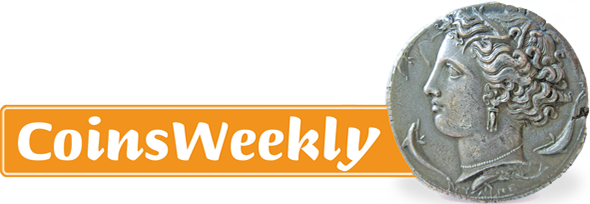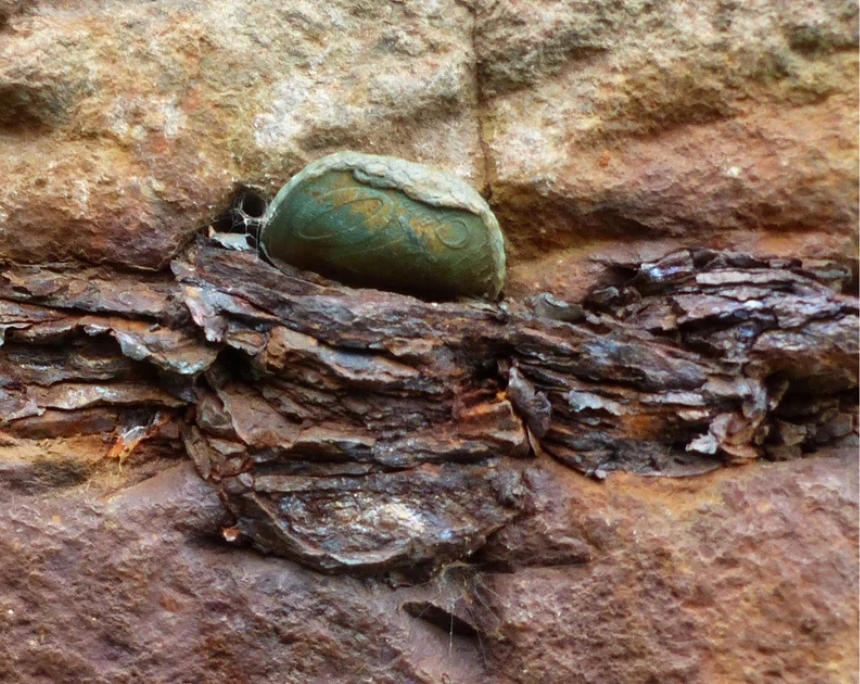Giant’s Causeway: A Natural Wonder at Risk – Because of Coins?
By Sebastian Wieschowski
Hundreds of thousands of tourists visit the landmark on Northern Ireland’s north coast every year – and in Germany, the “Giant’s Causeway” is a familiar example in English textbooks. According to the BBC, many visitors are following what they believe to be a harmless tradition: much like attaching love locks to bridges, they leave coins behind as a symbol of luck or affection. But what began as a seemingly charming ritual is now having serious consequences for this UNESCO World Heritage Site’s delicate rock formations.
Content
Basalt Columns Under Pressure
The Giant’s Causeway is made up of around 40,000 hexagonal basalt columns, formed by volcanic activity some 60 million years ago. According to the BBC, one of the most affected areas is a formation known as “The Loom” – a striking cluster of columns reaching up to three metres high. Coins are often wedged into crevices in this structure, typically using makeshift tools such as stones found nearby. But this seemingly harmless act is leaving a clear mark, with visible chips and cracks appearing on the stone.
Chemical Reactions Accelerate the Damage
The damage is not just physical. The coins also leave behind visible chemical traces. “The coins begin to rust, and the salty sea air speeds up the process considerably,” explains Dr Cliff Henry from the National Trust in an interview with the BBC. “Corrosion products like iron, nickel and copper stain the rock with unsightly reddish-brown marks.” As the coins corrode, they also expand – putting further pressure on the stone and causing more pieces to break off.
A Call for Visitor Responsibility
The site’s caretaker, the National Trust, is now making a strong appeal to all visitors to stop inserting coins into the rocks. According to the BBC, signs have already been put up, and tour guides like Mark Adams now make a point of addressing the issue during guided tours. Adams offers a simple alternative: “If you want to leave something behind, take a photo and share it online – it’ll last forever.”
Restoration Efforts Under Way
In an effort to limit the damage, a specialist stonemason has been commissioned to carefully remove the embedded coins, according to the BBC. Initial trials have been successful, with the coins extracted without causing further harm to the rock. The aim is not only to repair visible damage, but also to discourage future visitors from copying the practice.
The initiative is also backed by the Geological Survey of Northern Ireland. Dr Kirstin Lemon told the BBC that removing the coins is intended to reduce both the mechanical stress and chemical burden on the rock. The hope is to preserve the fragile ecosystem for the long term.
Giant’s Causeway – A Geological Icon
The Giant’s Causeway is a geological marvel. The basalt columns were formed when volcanic lava cooled and contracted, creating their characteristic hexagonal shapes. The structure is considered a textbook example of so-called “columnar basalt formation” and is unique worldwide. It has been a UNESCO World Heritage Site since 1986.
The site takes its name from an Irish legend in which the giant Fionn McCumhaill builds a stone causeway to Scotland to confront his rival. With over 680,000 visitors in 2023 alone, the Giant’s Causeway is not only a natural wonder but also a cornerstone of Northern Ireland’s tourism industry. The National Trust considers the responsible stewardship of this heritage a collective duty. As Dr Cliff Henry warned in his BBC interview: “If we can’t protect this landmark – what does that say about how we care for our other cultural treasures?”








